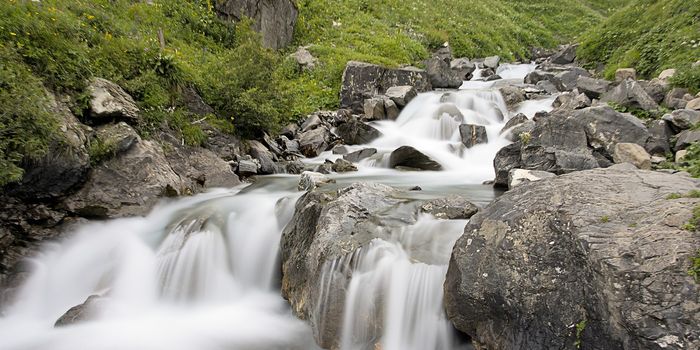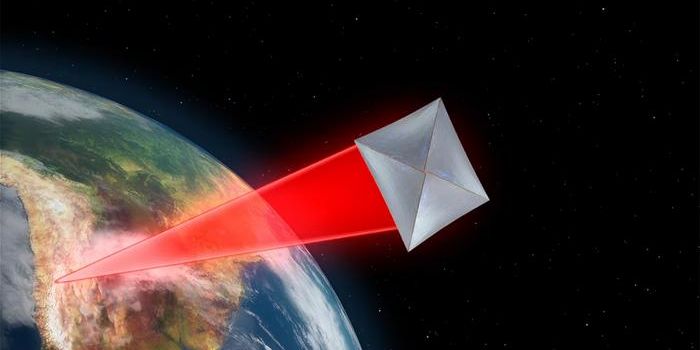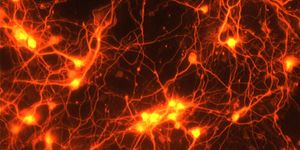Using Snakes to Monitor Nuclear Radiation
Nuclear disasters can be devastating. When these accidents happen, such as Chernobyl in the Ukraine or Fukushima in Japan, they create uninhabitable environments due to the high levels of radiation. But how do we know when or if these places are safe after radiation enters these environments?
The answer, according to a recent study published in Ichthyology & Herpetology, could be studying bioindicators. Bioindicators are flora, fauna, or other biological processes that give us clues about the health of the environment because of their close interaction with soil, air, and water. For example, some lichen can tell us about the amount of toxins in the air because they get much of their energy from the air around them and respond in certain ways when toxins are present.
Specifically, researchers have explored how rat snakes could help understand and measure the level of radiation around the Fukushima Exclusion Zone, the area in Japan affected by a nuclear accident in 2011.
Rat snakes, a common species in the Fukushima area, do not travel far distances and closely interact with soil, a key reason researchers chose them for their study. By monitoring almost 1,700 snakes, researchers found a connection between the amount of radiocesium found in the snakes and the amount of radiation in the area, suggesting that radiocesium could be used as an effective indicator of radiation levels. Radiocesium is a radioactive contaminant often found in soil after nuclear accidents.
Researchers also used GPS tracking to monitor where snakes went and gathered information about their movements. Coupled with evidence about radiocesium in these snakes, the data helped researchers highlight areas still potentially contaminated by radiation. These findings also spark new questions about the correlation between overall environmental health and the health and habitats of bioindicators.
"Our results indicate that animal behavior has a large impact on radiation exposure and contaminant accumulation," said Hannah Gerke, one of the study’s authors. "Studying how specific animals use contaminated landscapes helps increase our understanding of the environmental impacts of huge nuclear accidents such as Fukushima and Chernobyl."
Sources: Ichthyology & Herpetology, Eureka Alert; Frontiers; Nature








